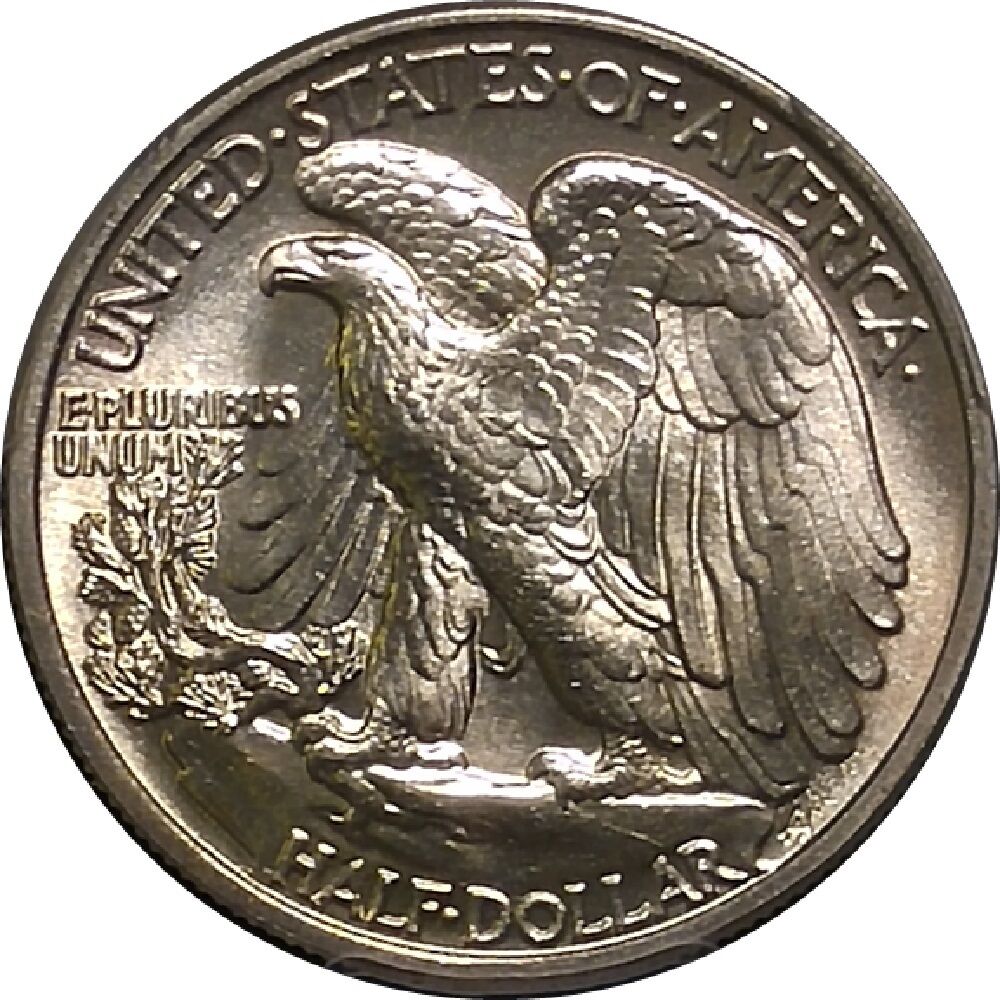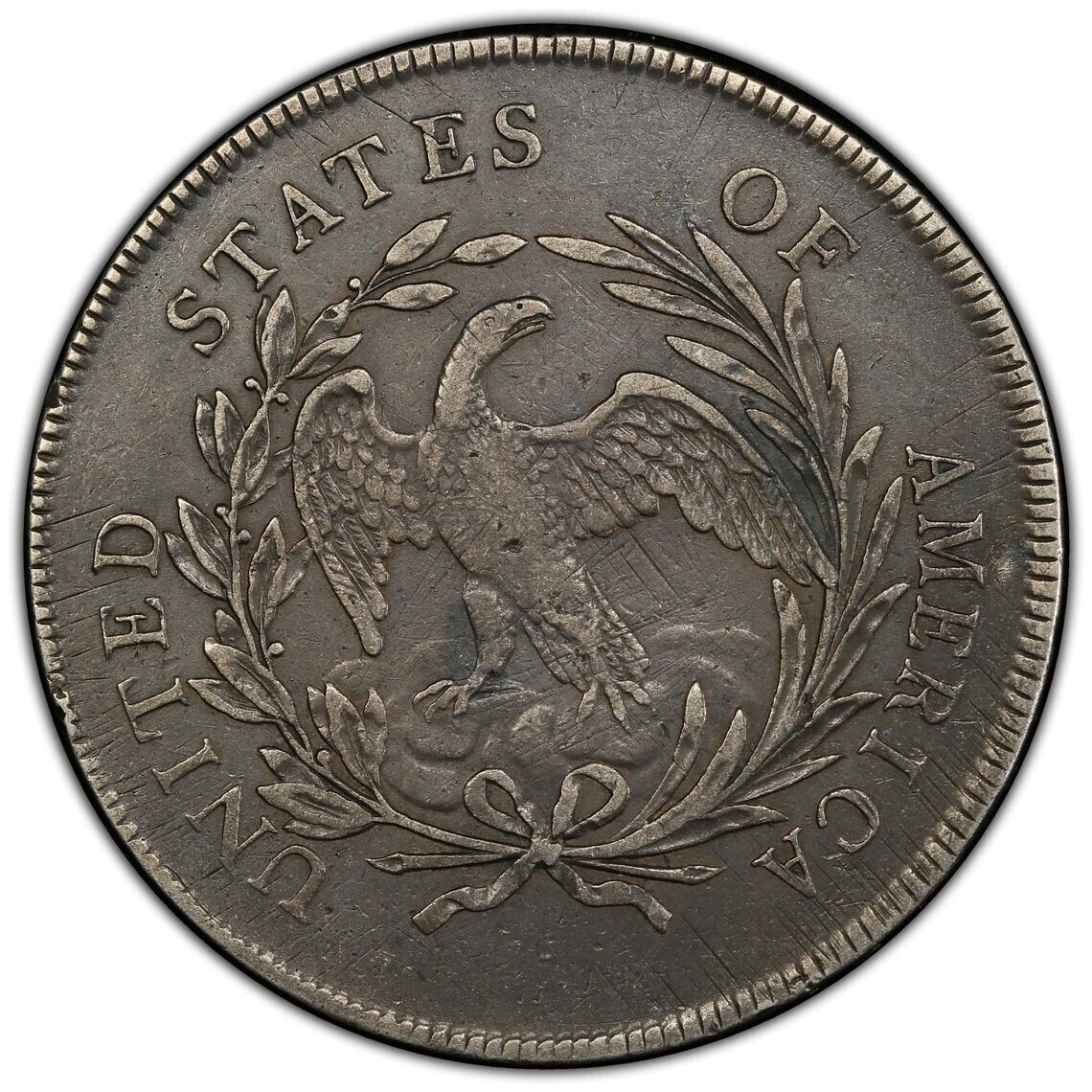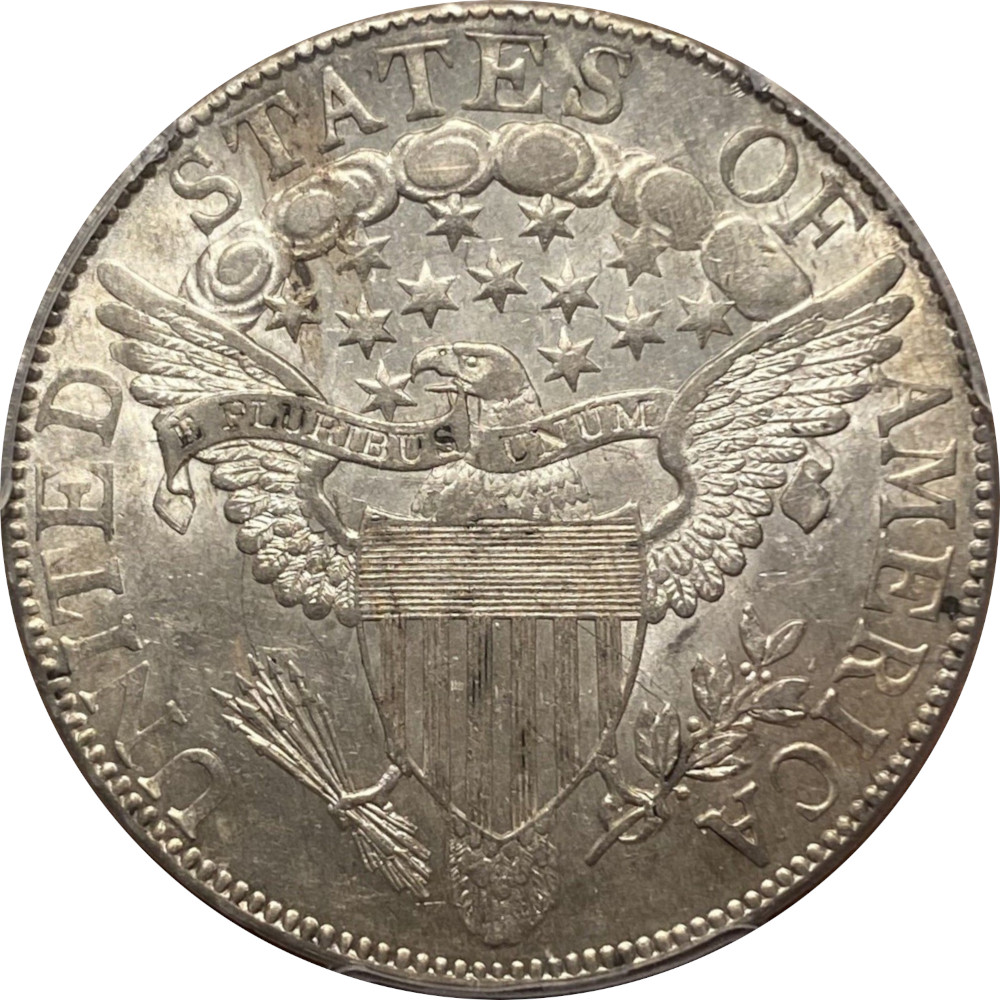1795 $5 Draped Bust Small Eagle Half Eagle PCGS XF Detail.
This is among the first gold coins officially produced by the United States. It is the most common of the first year gold issues with a mintage of 8,707 coins struck according to Mint records.
Heritage: Well, it was a start. The fledgling Mint first produced copper coins in 1793, silver coins in 1794, and its first gold coins–eagles and half eagles–in 1795. The quarter eagles would have to wait until late 1796.
It is likely that mint personnel produced the larger eagles and half eagles as a matter of national prestige (and due to greater need), but it was slow going at first. The Mint first made the 1795 Small Eagle half eagles before switching to the 1795 Large Eagle (or Heraldic Eagle) reverse later in the year. But it reverted to the Small Eagle reverse for a few pieces made in 1798, an indication of just how in demand serviceable dies were. For the ten dollar or eagle denomination, the Small Eagle reverse lingered through 1797. None of the early half eagles or eagles bore their respective denominations. John Dannreuther points out in Early U.S. Gold Coin Varieties that the term ‘denomination’ is actually a misnomer: “Even though a gold eagle was denominated as a ten-dollar coin, our forefathers traded gold by the tale. The weight and purity were the only things important to merchants and individuals–money was gold, and gold was money. In most cases, transactions had to be settled in gold, especially where governments were involved. There really was no need for at first for a stated denomination on either gold (or silver) coins, because it was known that our coins would be under extreme scrutiny and would likely be assayed by foreign mints and others as to their weight and purity. However, Robert Morris, Alexander Hamilton, and Thomas Jefferson, the architects of the United States’ monetary system, realized that a bi-metallic system would afford this new country a more flexible currency, as both would be readily acceptable. Thus, the gold eagle was equal to 10 silver dollars, although eagles bore no denomination until their resumption of production in 1838.”
Dannreuther also mentions the fortunate happenstance that our forefathers made the national bird the eagle rather than the turkey that Benjamin Franklin favored, else we might be writing about half turkeys and double turkeys!
It is worth noting that among silver coins, the presence or absence of a stamped denomination on the coins was also sporadic until well into the 1800s.
In many ways the early half eagles and eagles were little different from the octagonal gold ‘ingots’ representing fifty dollars in California gold, which would appear a half-century later, or the rectangular assay bars representing different weights and values of gold and silver. The early gold coinage, however, showed the advantages of a consistent design, a uniform value and shape, a convenient form, and issuance by the United States government, benefits that were enormous–and irreproducible in California until the opening of a branch mint there.
The early Mint little cared what date a coin bore, and the reported quantities of coins made often failed to match the years stamped thereon. The Guide Book records a mintage of 8,707 coins for the initial-year 1795 half eagle. But the 1795 issues were created from 12 different die pairings. Dannreuther points out that the single 1796 issue used an overdated 1796/5 obverse die married to a reverse from 1795 BD-12, adding that ‘there is little doubt that some of the half eagles delivered in 1796 were dated 1795.’ Accordingly, the author estimates the total 1795 half eagles minted at between 8,707 and 12,106 pieces.
















